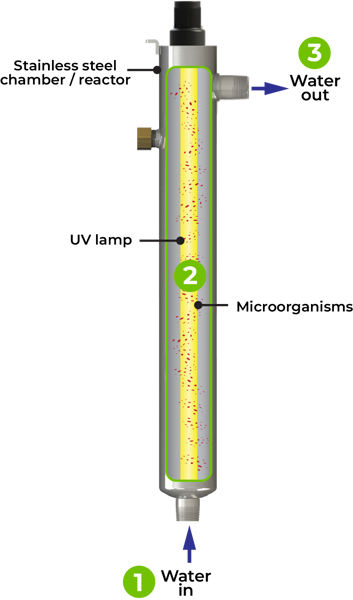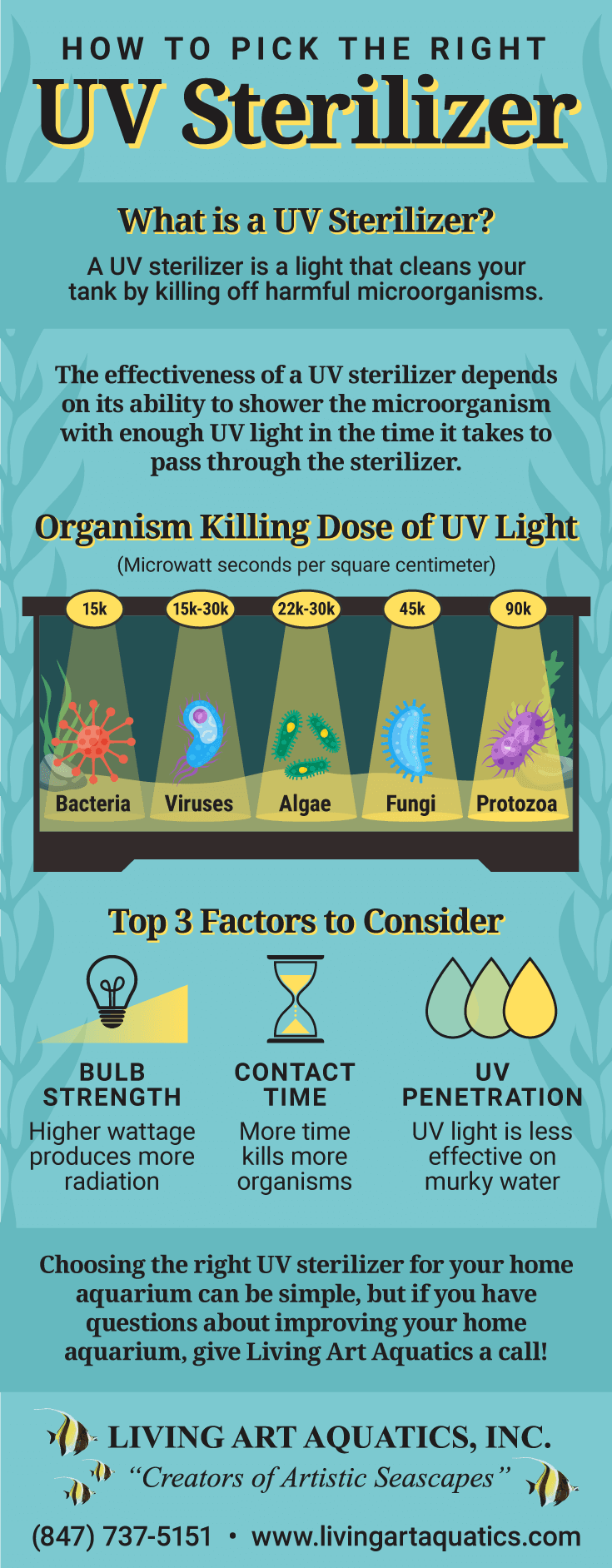Our Uvc Light Ideas
Our Uvc Light Ideas
Blog Article
A Biased View of Uvc Light
Table of ContentsThe Best Strategy To Use For Uvc LightThe Ultimate Guide To Uvc LightUvc Light - QuestionsThe 15-Second Trick For Uvc LightUvc Light Fundamentals ExplainedThe Definitive Guide for Uvc Light
A new sort of ultraviolet light that might be safe for people took much less than five mins to reduce the degree of indoor air-borne microorganisms by greater than 98%, a joint research study by scientists at Columbia University Vagelos University of Physicians and Surgeons and in the U.K. has discovered. Even as microbes proceeded to be splashed right into the area, the degree stayed very reduced as long as the lights were on.Till now these researches had actually just been performed in small experimental chambers, not in full-sized areas imitating real-world problems. In the current research, researchers at the College of St. Andrews, College of Dundee, University of Leeds, and Columbia University checked the efficiency of far-UVC light in a large room-sized chamber with the exact same air flow rate as a normal office or home (concerning three air changes per hour).
The efficacy of various approaches to minimizing indoor virus levels is typically gauged in regards to equal air changes per hour. In this research, far-UVC lamps generated the equivalent of 184 equivalent air exchanges per hour. This exceeds any various other method to disinfecting busy indoor areas, where five to 20 equivalent air modifications per hour is the ideal that can be attained almost.
7 Easy Facts About Uvc Light Described
.jpg)
The primary parameters of UV-C sanitation are wavelength, dosage, loved one moisture, and temperature. There is no consensus about their optimum values, yet, generally, light at a high dosage and a range of wavelengths including 260 nm is liked in a setting at room temperature with low relative moisture. This light can be produced by mercury-vapour, light-emitting diode (LED), pulsed-xenon, or excimer lights.
UV-C sanitation systems have encouraging functions and the potential to enhance in the future. UV-C sanitation must presently be considered for low-level rather than high-level disinfection.
Another application developed in 1910 when UV light was made use of to decontaminate water. Nowadays, UV light is made use of for water, air, food, surface area, and medical tools disinfection.
The Basic Principles Of Uvc Light
DNA, RNA, or healthy proteins of a micro-organism take in UV light, with a peak absorbance around 260 nm [6] This results in the disturbance of DNA or RNA, leading to the inactivation of the micro-organism. UV-C-induced DNA disruption frequently includes the bonding of 2 neighbouring thymine (or cytosine) bases as opposed to the traditional connecting of a base with its complementary base upon the other strand.

Dark fixing, on the other hand, calls for several enzymes and nutrients for energy [6] It is essential to understand whether last inactivation results have actually taken into consideration the event of resurgence because it may cause 60% of the achieved inactivation being reversed [7] Anomalies can occur upon UV-C exposure given that this direct exposure can result in the origination of intra-strand cyclobutyl-pyrimidine dimers in DNA [ 6] The UV-C zone is made use of for disinfection yet there is no agreement on the precise ideal wavelength. Light at 260 nm can trigger the most disturbance. Different micro-organisms are most at risk to somewhat different wavelengths.
Facts About Uvc Light Revealed
On the various other hand, it has technological effects given that the total power directory of the light beam of light is then separated over all present wavelengths. you can look here A micro-organism that is vulnerable to 254 nm light will certainly be suspended much more by a light that releases exclusively light at 254 nm than a light that produces a wavelength range at equal complete energy.
Direct exposure times of 1045 min for room sanitation and 25 s to 5 min for medical tools were come across in literature.
Even more, the outcome of a lamp lowers over time, so it is advised to determine the dosage at the end of light life, which is rep of a worst-case circumstance. The dose likewise influences the quantity of photoreactivation. Quek et al. located that the portion of photoreactivation reduced from 5.31% to 0% for a boost in dose from 1.6 to 19.7 mJ/cm2 [8]
The impact of temperature level depends on the light source.
Uvc Light Fundamentals Explained


This is called far UV-C technology and is a relatively brand-new disinfection method with limited understanding regarding its effectiveness. This makes it riskier to completely count on this innovation for sanitation in the healthcare facility and it is for that reason not commonly utilized [21] Nevertheless, it also has benefits such as a decreased danger for use near people because of a lower infiltration deepness into the skin and eyes [ 26]
In research study, the results on pulsed versus continuous UV-C disinfection efficiency vary. When comparing pulsed and continual light it is important to maintain various other variables such as wavelength and dose consistent.
8 Simple Techniques For Uvc Light
In instance ozone is not required for disinfection, a modified lamp can be utilized. For mercury-vapour lamps, doped quartz glass or specialized soft glass can remove short-wave UV-C light. Recommended Reading For pulsed-xenon, drugged quartz can be made use of also [30] UV-C has appealing functions for sanitation such as automated sanitation, being less time-consuming than widely utilized handbook or chemical disinfections, leaving no dangerous residuals, and being ecologically friendly (if no mercury-vapour lamps are utilized) [31,32]
Report this page